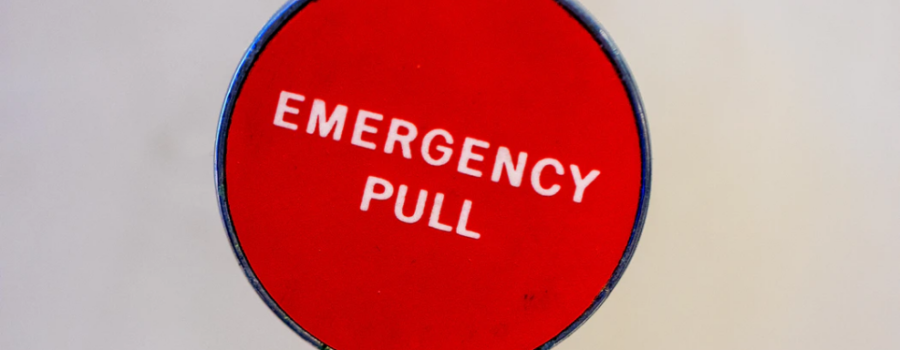In my last few posts, I’ve been looking at emergency funds – how much you should put aside for emergencies, and where you should keep that money.
Emergencies are, by definition, something for which you haven’t prepared. And your emergency fund should be there to deal with the unexpected.
Yet, if we look at the list of unexpected costs for which people use their emergency funds (or credit cards!), it includes a lot of things that really shouldn’t be unexpected; things like car repairs, house maintenance, costs for opticians, technology repair or replacement, and vet bills.
These things are predictable, and they shouldn’t form part of that fund for a rainy day. Don’t let them turn a sunny day into a rainy one!
We all know that you will need an annual service on your car (and you’ll need to replace tyres), your house will need painting every few years, your glasses won’t last forever, and, sadly, nor will your dog.
And if you buy a new iPad, you should do so in the knowledge that, in a few years, it will be out of date.
Yet the Financial Planning textbooks will tell you to build up funds for emergencies and to save for the long term.
They don’t give you any guidance about how to budget for these predictable, but infrequent costs.
Unlike so much in the world of Financial Planning, the answer isn’t complicated!
You simply need to work out how much you will need for each of these costs, divide this by the amount of time until the cost is due, and put this money in a savings account.
Don’t stress about interest rates, but make sure that the money is easily accessible.
We suggest that you do this for each of the following items (and that you add a few others of your own):
-Car Repairs
-Car Replacement
-House Maintenance
-Home Appliance Replacement
-Opticians and Dentistry
-Replacement Spectacles
-Technology (laptops, iPads, phones etc.) replacement
To me, this seems like an obvious list of things for which you should be putting money aside. But I’m a Financial Planner, so they should be obvious to me.
If you haven’t budgeted and set up a savings plan for these items, you certainly won’t be on your own.
But budgeting and planning in this way is one of the most important first steps on the road to financial resilience.

